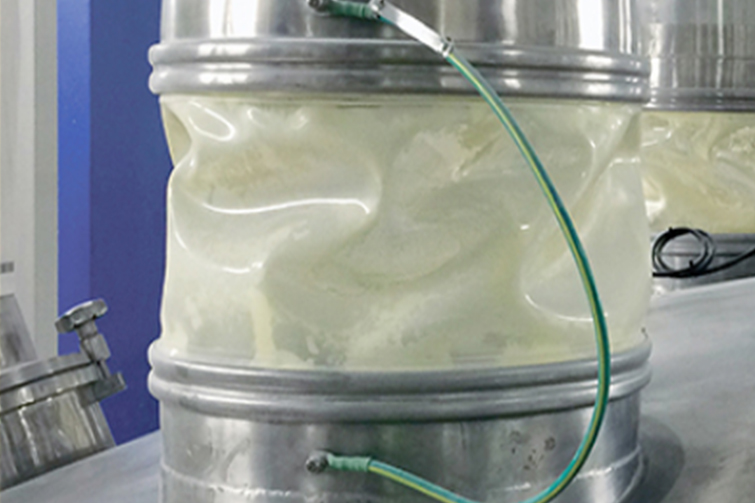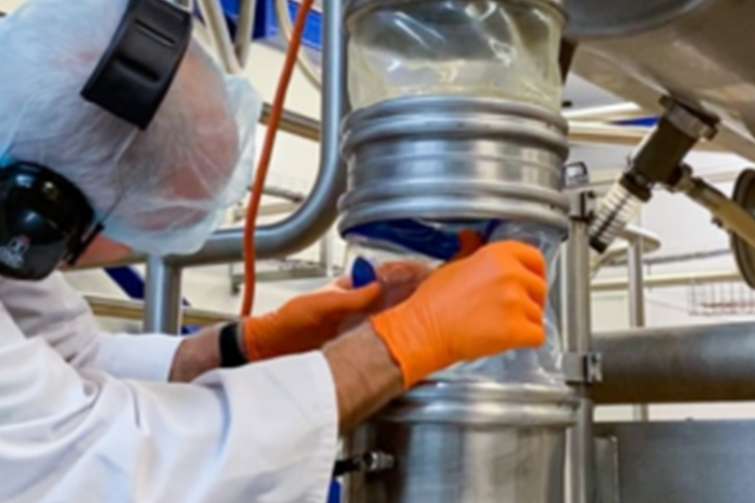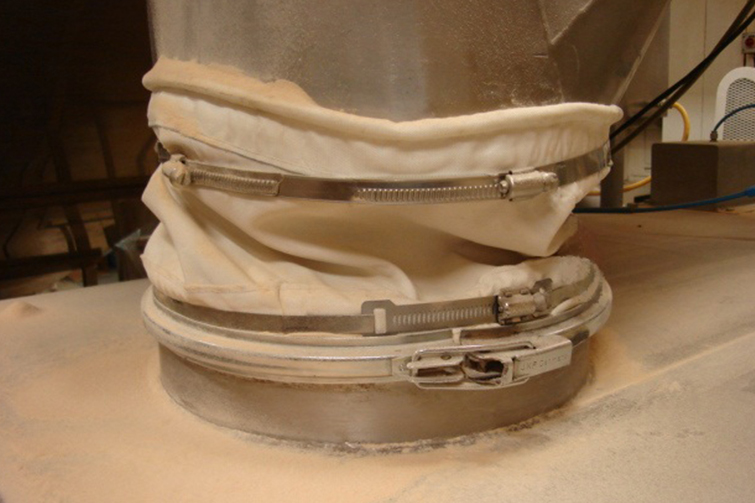

A Guide to Customizing Hoses for the Powder Handling Industry
The efficient and reliable transfer of powders is a critical operation in numerous industries, including pharmaceuticals, food and beverage, chemicals, and plastics. At the heart of these conveying systems are the hoses that connect machinery, silos, mixers, and packaging units. However, not all hoses are created equal. Using a standard hose for powder applications can lead to a host of problems, including product contamination, blockages, static electricity hazards, and premature hose failure.
Therefore, customization is not a luxury but a necessity for optimizing safety, efficiency, and product integrity in powder handling. This article outlines the key factors to consider when customizing a hose for your specific application.
1. Material Compatibility: The Foundation of Customization
The inner tube (or carcass) of the hose must be compatible with the powder being conveyed.
- Abrasive Powders (e.g., minerals, cement, sand): Require wear-resistant materials like special compound polyurethane (PU) or rubber with high filler content. For extreme abrasion, a ceramic or ultra-high molecular weight polyethylene (UHMW-PE) lining can be specified.
- Food and Pharmaceutical Powders: Must comply with FDA, EU 1935/2004, or USP Class VI standards. Materials like FDA-approved silicone, polyurethane, or TPE (Thermoplastic Elastomer) are common. They are non-toxic, odorless, and resistant to microbial growth.
- Oily or Fatty Powders (e.g., milk powder, certain additives): Need materials that resist swelling and degradation from oils, such as specific grades of Nitrile rubber or polyurethane.
- Chemically Active Powders: Require chemical resistance charts to be consulted. Materials like PTFE (Teflon®), EPDM, or Viton® are chosen for their inertness against a wide range of chemicals.
2. Static Electricity Control: A Critical Safety Feature
The movement of powder particles through a hose generates significant static electricity, which poses a severe explosion risk when handling combustible dusts. Customization for static control is paramount.
- Conductive Hoses: These hoses have a carbon-black compound mixed into the tube and cover, providing a electrical resistance of less than 10⁵ Ohms. They safely dissipate static charges to a grounded system.
- Static-Dissipative Hoses: With a resistance between 10⁵ and 10¹¹ Ohms, these hoses control the rate of discharge, preventing a dangerous spark.
- Grounding Wire: A bare copper or stainless steel wire can be integrated into the hose construction, providing a direct path to ground. This is often a mandatory requirement in ATEX-regulated zones.
3. Flexibility and Bend Radius
The layout of your machinery dictates the required flexibility.
- High Flexibility: Needed for applications with moving arms, loading/unloading stations, or complex routing. Spiral-wire reinforced hoses offer excellent flexibility while maintaining crush resistance.
- Minimum Bend Radius: A hose that is too stiff for a tight corner will kink, causing flow restrictions and accelerated wear. The custom hose specification must clearly state the minimum operational bend radius.
4. Construction and Reinforcement
The internal and external reinforcement determines the hose's pressure and vacuum capabilities.
- Vacuum Applications: Most powder transfer is done using pneumatic vacuum conveying. The hose must be reinforced to resist collapse. Spiral steel wire reinforcement is the standard for heavy-duty vacuum service.
- Pressure Applications: For positive pressure conveying, the reinforcement must prevent the hose from expanding like a balloon. Textile yarn or braided steel wire are common reinforcements.
- Crush Resistance: If the hose will be run over by equipment or subjected to heavy loads, a robust, crush-resistant design is essential.
5. Specialized Features and Accessories
Customization extends to the physical features and end connections.
- Smooth Bore vs. Rough Bore: A smooth inner surface minimizes friction, reduces product retention, and allows for easier cleaning. A rough or fabric-braid interior can trap material and is difficult to clean.
- Anti-Stick Coatings (e.g., PTFE): For highly sticky or hygroscopic powders, a low-friction PTFE liner can prevent build-up and ensure consistent flow.
- End Fittings: The hose must connect seamlessly to your equipment. Custom end fittings can be manufactured in various materials (stainless steel, aluminum, plastic) and connection types (camlock, flange, quick-disconnect, threaded).
- Color Coding: For GMP environments or to differentiate between product lines, hoses can be customized in specific colors.
The Customization Process: A Step-by-Step Approach
- Define the Product: What powder are you conveying? Detail its abrasiveness, particle size, moisture content, and any explosive or food-grade properties.
- Define the Operating Conditions: What is the operating pressure or vacuum? What is the temperature range? Is the environment indoors/outdoors?
- Define the System Layout: What is the hose length? What are the bend requirements? How will it connect to the machine?
- Identify Regulatory Needs: Are there food, pharmaceutical, or explosion safety (ATEX / NFPA) standards that must be met?
- Consult a Specialist: Work with a reputable hose manufacturer or distributor. Provide them with the information above to engineer the optimal solution.
Conclusion
In the demanding world of powder handling, a custom-engineered hose is a vital component for a successful operation. It is an investment that pays dividends by preventing costly downtime, ensuring product purity, protecting your machinery, and, most importantly, safeguarding your personnel. By systematically evaluating your material, process, and safety requirements, you can specify a hose that is not just a connector, but a reliable and integrated part of your production system.



